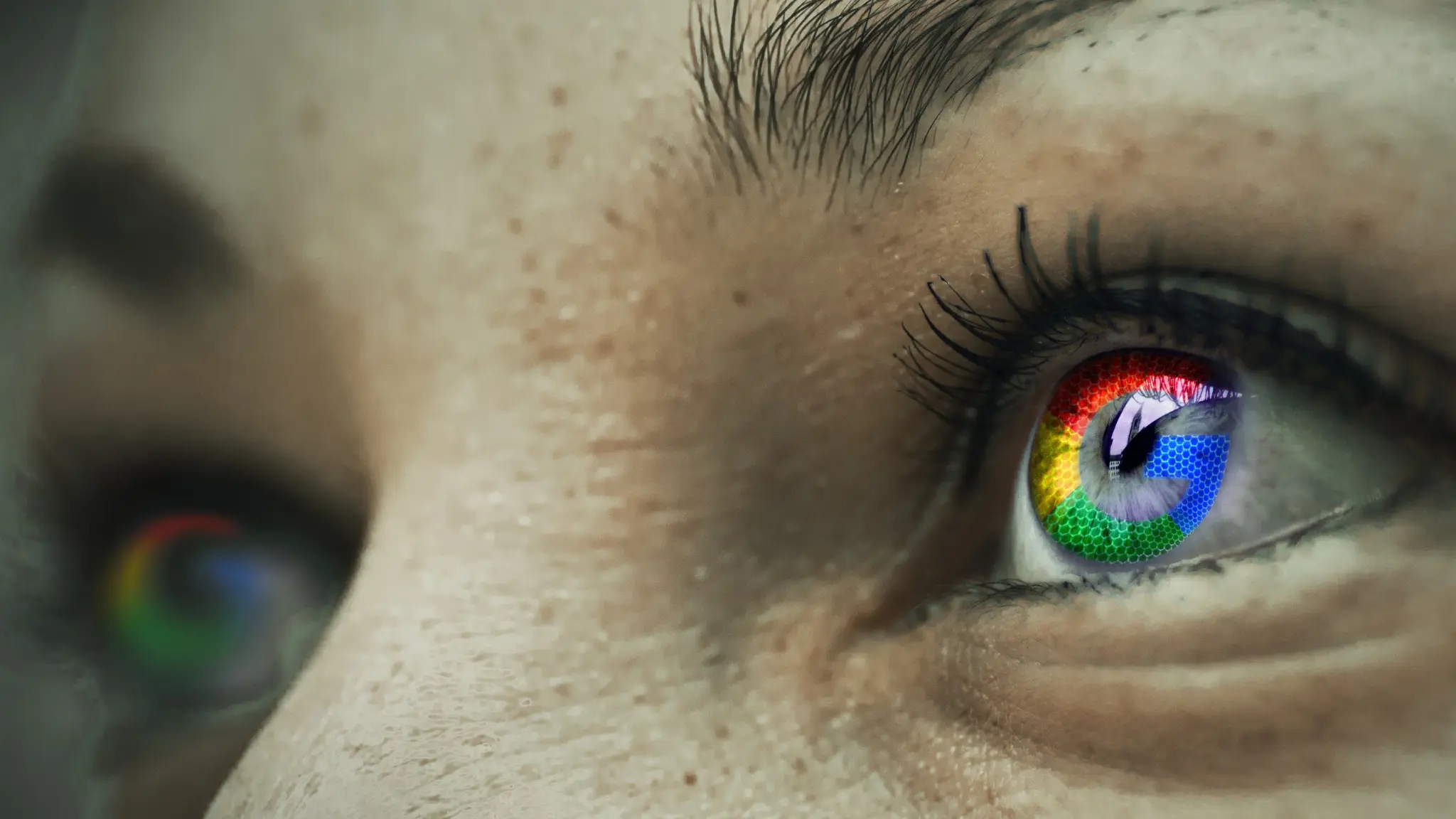If you’ve been keeping an eye on digital marketing lately, you’ve probably noticed something major: AI isn’t just a buzzword anymore — it’s becoming the backbone of everything we do. Whether you’re a solo marketer, an agency owner, or a growing brand, the use of AI in marketing is now less of an option and more of a necessity.
But what does that really mean? Is AI here to replace marketers? Or is it here to supercharge our capabilities?
Let’s break down how AI is reshaping marketing right now in 2025, the real tools that are working, and exactly how to integrate AI in marketing without losing your brand’s voice.
AI Is Not Replacing You — It’s Assisting You
Let’s clear this up: AI isn’t going to make marketers jobless. But it is replacing repetitive tasks that used to eat up our time. From copywriting to customer segmentation, and from campaign analysis to content generation, AI tools for marketers are becoming our day-to-day assistants.
This shift is similar to what happened with Excel in the early 2000s. People once feared it would make analysts obsolete. Instead, it made analysts 10x more productive. That’s what’s happening with AI today.
If you know how to use AI tools smartly, you’re not at risk — you’re ahead of the curve.
Content Creation Is Changing — Fast
One of the biggest changes AI has brought to marketing is how we create content. Whether you’re writing blogs, making videos, or designing social posts, AI tools can now generate multiple versions, test performance, and optimize the messaging based on audience response.
Tools like ChatGPT, Jasper, Writesonic, and Copy.ai have become essential for ideation, first drafts, and even final copies with minor edits. But remember, the goal isn’t to replace your creativity — it’s to amplify it.
You still need to guide the tool with context, tone, brand language, and emotional depth. The tools work best when your human brain stays in charge of strategy and direction.
Real-Time Data Is Powering Personalization
The era of “spray and pray” marketing is long gone. With marketing automation with AI, we’re seeing hyper-personalization like never before.
Instead of sending the same email to 10,000 people, you can now use AI to:
- Segment your audience into micro-niches
- Personalize content based on behavior
- Predict what a user will do next
- Trigger automated actions in real-time
Platforms like HubSpot, ActiveCampaign, and Salesforce Einstein are now offering built-in AI capabilities that learn from your data and help you automate responses, retarget ads, and boost customer lifetime value.
This level of automation is what allows small teams to perform like enterprise agencies.
Your AI Stack Should Match Your Stage
Here’s the mistake many marketers make — they try to use every AI tool under the sun without understanding what they really need.
Your AI marketing stack should depend on your business stage. Here’s a quick breakdown:
👉 Early Stage (Solo or Small Biz)
- Use tools like ChatGPT for copywriting and email drafting
- Canva’s AI image generation for social content
- Trello or Notion AI to plan and organize tasks
- Zapier for simple automation across tools
👉 Growth Stage (Agencies & Startups)
- Jasper or Writesonic for long-form content
- Surfer SEO or Frase for AI-driven content optimization
- AdCreative.ai for auto-generating ad creatives
- Looka or Brandmark for AI-powered branding
👉 Scaling Stage (Mid-size & Enterprise)
- Use Segment or Amplitude for behavioral tracking
- Use Mutiny or Dynamic Yield for website personalization
- Use Salesforce Einstein or Adobe Sensei for predictive analytics
This isn’t about having the fanciest stack. It’s about using tools that solve real problems and drive results.
The Integration Layer Is What Actually Matters
Knowing how to use AI is one thing. But how to integrate AI in marketing workflows is where most marketers get stuck.
Here’s a simple example:
- Use Google Sheets + ChatGPT API to bulk-generate ad headlines
- Feed those headlines into Meta Ads
- Pull top-performing headlines back into Sheets via API
- Train a prompt to optimize headlines based on past CTR
That’s one loop.
Another?
- Use GA4 to track user flow
- Segment audience by behavior
- Trigger automated WhatsApp messages via WATI or Twilio
- Track reply rate and feed data into CRM
That’s real integration — where AI meets automation and gets smarter over time.
And guess what? Most of this is no-code or low-code.
AI Is Also Making Marketing More Visual
If you’re into visual marketing — think reels, carousels, thumbnails, or motion graphics — AI has leveled the playing field.
You can now:
- Auto-generate video scripts with ChatGPT
- Use Pictory or Runway ML to convert blog content into videos
- Use Midjourney or Ideogram to create stunning visuals
- Auto-cut reels from long-form content using Opus Clip or Veed.io
This means you don’t need a full video team to create content. You just need a smart system and a few AI plugins. This alone has helped small creators explode on Instagram and YouTube in 2024–25.
Don’t Use AI Blindly — Stay Strategic
Here’s a reality check.
Not every business should jump on every AI tool. Sometimes, you’re better off optimizing what already works. AI should be an enhancement, not a distraction.
Ask yourself:
- Is this tool saving me time or adding more work?
- Does it improve my marketing performance, or just feel shiny?
- Am I actually integrating it, or just testing it without follow-up?
Use AI where it makes sense — in repetitive tasks, content creation, analytics, and automation. But let your strategy stay rooted in real business goals.
AI Ethics & Human Touch Still Matter
One thing you can’t automate? Human connection.
Whether you’re selling skincare or SaaS, your audience craves authenticity. AI can give you speed, but your values, empathy, and tone make the difference.
So even if you use AI to write an email, make sure the final tone feels like you. If you’re automating support replies, ensure escalation to a human is easy.
Remember, people connect with stories, not systems.
The Future: AI + Human = Hybrid Marketer
Looking ahead, the most successful marketers won’t be the ones who fear AI — but the ones who collaborate with it.
Think of AI as your team member:
- It doesn’t sleep
- It doesn’t get tired
- It doesn’t get emotional
- But it needs instructions, just like an intern
You are still the strategist. AI is your executor.
The hybrid marketer of 2025 understands data, creative, psychology — and can train AI to execute faster, better, and smarter.
Final Thoughts
We’re living through the most exciting phase of modern marketing. AI isn’t something coming “someday.” It’s already here — showing up in email tools, ad platforms, design software, and CRM systems.
If you want to stay relevant and scale your brand, you need to embrace this shift, experiment with tools, build your stack, and, most importantly, stay human in your approach.
Because while AI may write your next caption, it’s still you who connects with your audience.
Written by Qausain Anwar
Founder at www.branxhq.com
Where AI meets marketing with a human heart.







